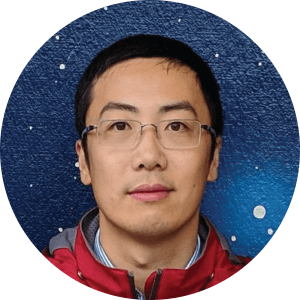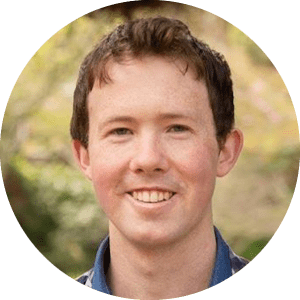THE 20TH AUSTRALASIAN DATA MINING CONFERENCE 2022 (AUSDM’22)
Western Sydney, Australia, 12 - 15 December 2022Tutorials
Julia, Data, and Mathematical Modelling
 |
 |
Giulio Valentino Dalla Riva & Thomas Li
Session Details
In this session we will offer a deep dive into Julia, covering some of the basics and highlighting the possible source of confusion / the possible source of joy for people arriving from other programming languages. In particular, we will focus on interacting with data (dataframes, CSVs, and maybe beyond…), and take a look at how different tools (from Agent Based Modelling to Differential Equations) can smoothly interoperate with probabilistic programming and (geometric?) deep learning.
Giulio Valentino Dalla Riva is a Senior Lecturer in Data Science in the School of Mathematics and Statistics, University of Canterbury. His research explores and tries to make sense of what happens in complex, dynamical networks. He is interested in ecological networks and the evolutionary processes that modify them in time. Giulio develops mathematical and statistical tools to study the relationship between ecological biodiversity and evolutionary diversity. He is also interested in social networks, especially online, and trying to understand what makes them work in the way they work.
Thomas Li is a Senior Lecturer in Data Science at the School of Mathematics and Statistics, University of Canterbury. His current research areas involve image processing and classification, 3D projective geometry, phylogenetic trees, classification trees, and deep learning applications. He currently leads the UC Spatial And Image Learning (SAIL) group. Thomas has a wide research network in Australia and New Zealand, and is open to related research collaborations, and interests from prospective PhD students.
Normalizing Flows: Concepts, Models and Applications

Matthew Skiffington
Session Details
Normalizing Flows are a recent class of deep generative models that are used in a wide variety of applications including anomaly detection, denoising, image synthesis and audio synthesis for both supervised and unsupervised learning. In this tutorial, we have three parts. In part one, we will talk about the general concepts and history of Normalizing Flows and their relation to other areas of Deep Learning. We will then cover model taxonomy and available tooling in part two. In part three we will look at the varied applications. Finally, we will briefly cover current research and future directions. Each part of this tutorial will have an interactive component.
Matthew Skiffington is a PhD student at the Department of Computer Science at the University of Waikato. His interests include uses of AI for environmental science, in particular, novel environmental applications of deep generative models.
Days until Conference
Day(s)
:
Hour(s)
:
Minute(s)
:
Second(s)
